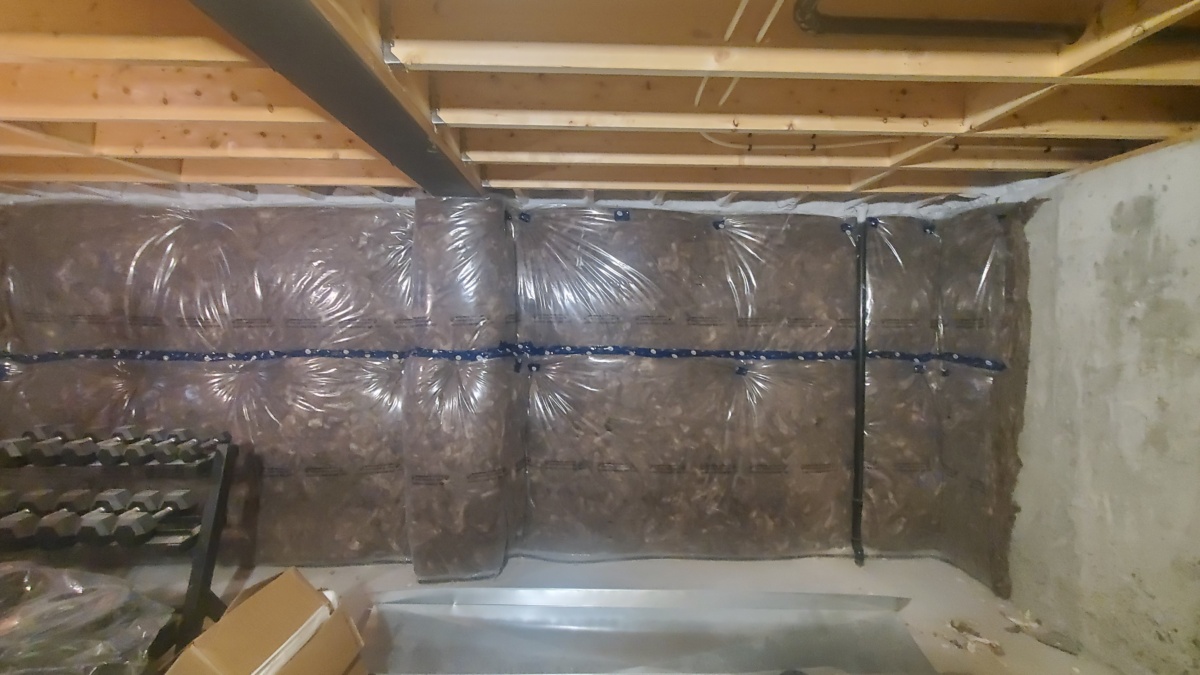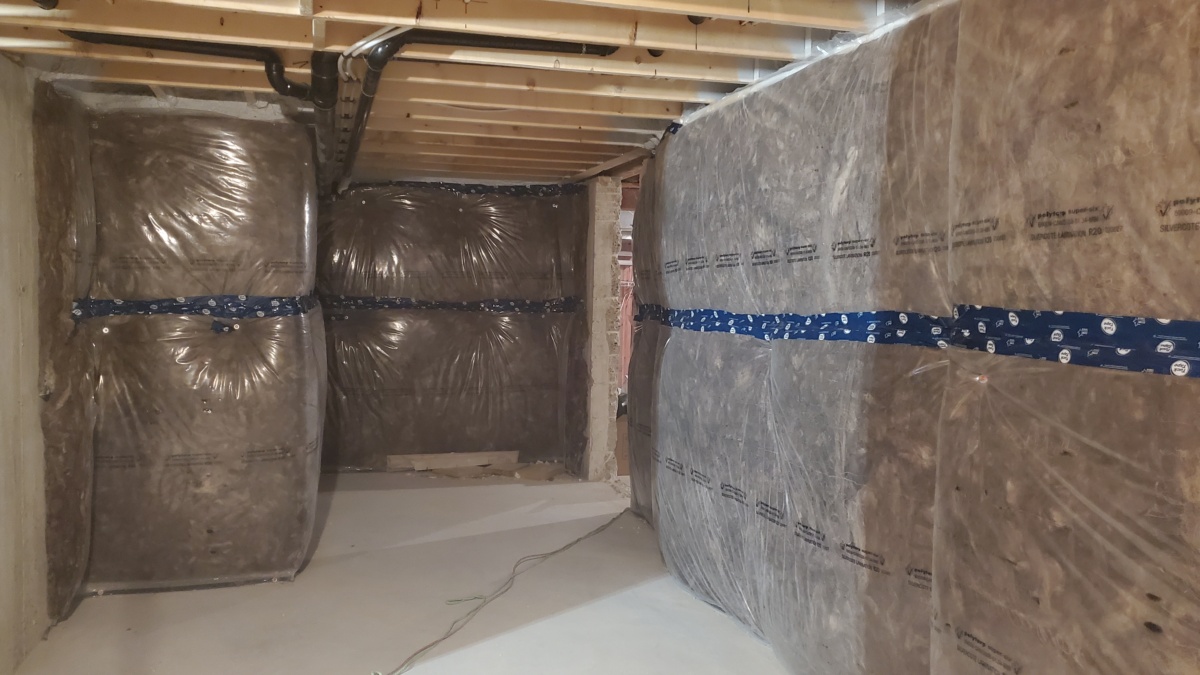Blanket Insulation

What Is Blanket Insulation?
Blanket insulation is a highly efficient and widely used type of thermal and acoustical insulation. This insulation comes in the form of rolls or batts, typically made from fiberglass or mineral wool. Unlike traditional batt insulation, which is pre-cut into panels, blanket insulation comes in long, continuous rolls that can be trimmed or cut to fit specific spaces.
This type of insulation is designed to be installed in concrete walls. It fits easily between studs, joints, and beams, and is an ideal option for large or continuous spaces that require uniform insulation. Blanket insulation is used for both thermal and sound insulation, making it perfect for residential and commercial applications.
What Is Rolled Insulation?
other services
Get a free quote!
REQUEST A QUOTE
"*" indicates required fields
Common Blanket Roll Insulation Sizes
Benefits of Blanket Roll Insulation
Continuous Coverage
Cost-Effective

Which Is Better - Roll or Batt Insulation?
Types of Rolled Blanket Insulation
Fiberglass Insulation Rolls
Fiberglass insulation rolls are made up of fiberglass fibers that are spun together into a wool-like material. Fiberglass blanket insulation is an affordable and effective choice for insulating concrete walls. Fiberglass rolls can be faced or unfaced, with kraft paper or foil facings available. Faced insulation rolls offer the added benefit of reducing air flow, which enhances thermal performance.
Fiberglass Blanket Insulation R-Value
Fiberglass insulation rolls, like fiberglass batt insulation, come in various R-values depending on the thickness of the material. Typically, fiberglass insulation starts at R-3 per inch, but the R-value can be increased by stacking multiple layers of insulation blankets to achieve higher thermal resistance.
Mineral Wool Insulation Rolls
Mineral wool insulation rolls are made from natural or synthetic minerals such as slag or rock. These rolls come in both faced and unfaced varieties and are commonly used in concrete walls. Mineral wool is known for its excellent soundproofing properties, making it a great choice for areas like bedrooms or home theaters. In addition, mineral wool is fire-resistant and moisture-resistant, making it an ideal choice for high-moisture areas like kitchens and bathrooms. Though mineral wool tends to be more expensive than fiberglass, it provides superior performance, especially in demanding conditions.
Mineral Wool Blanket Insulation R-Value
The R-value of mineral wool insulation can vary based on the thickness of the insulation. Thinner rolls (around 1’’ thick) typically have an R-value of about R-4 per inch, while thicker rolls (around 6’’ thick) can have an R-value of R-24. Mineral wool insulation generally has a higher R-value than fiberglass rolls, with an R-value that is 22% to 37% higher, making it a superior insulating option for many projects.
Live Comfortable with Blanket Insulation from Exotherm Systems
Blanked rolled insulation is an effective, affordable solution for insulating unfinished walls, floors, and ceilings. At Exotherm Spray Foam Systems, we have a team of highly skilled, certified technicians who can successfully install a blanket insulation system in your home and resolve your energy problems. Give us a call today to get a free quote.
Rolled Blanket Insulation FAQ

Blanket insulation is an excellent choice for reducing heat transfer and minimizing energy bills. Furthermore, it is budget-friendly and easy to install.
The optimal insulation choice would depend on the area that needs to be insulated. For instance, rolled or batt insulation is ideal for the construction of new walls, while existing walls may benefit more from blown-in insulation.
Spray foam insulation is often a better insulator than roll insulation, especially in tight areas where insulation blankets would be hard to fit. However, rolled blanket insulation in Toronto is a considerably more affordable option and is ideal for insulating unfinished walls, floors, and ceilings.
